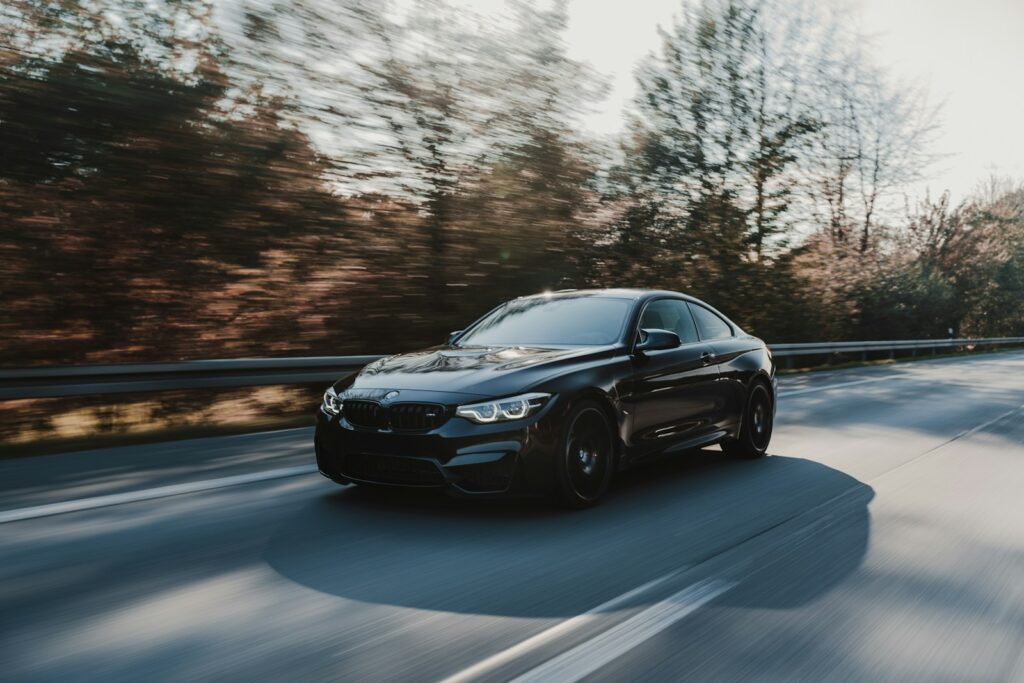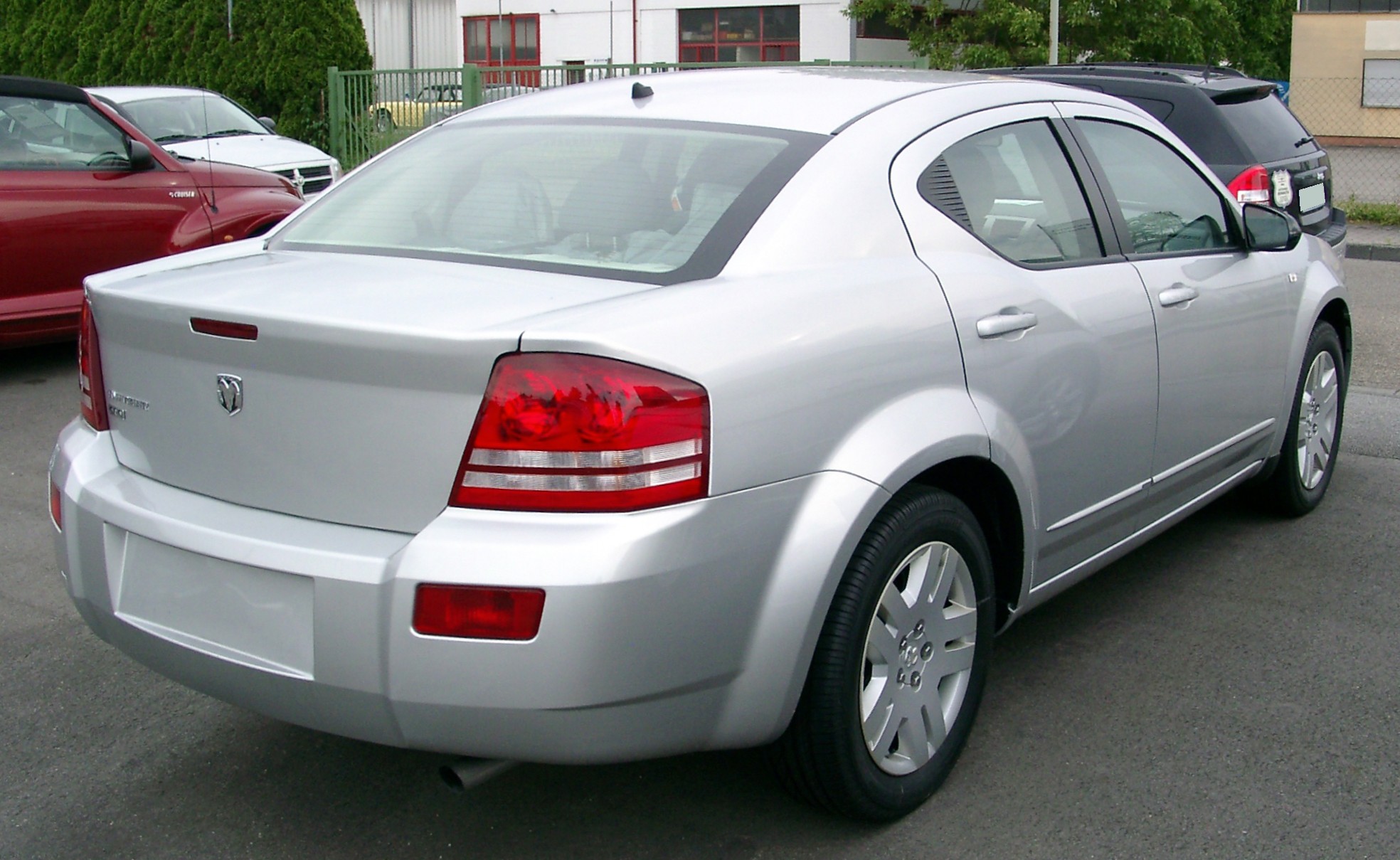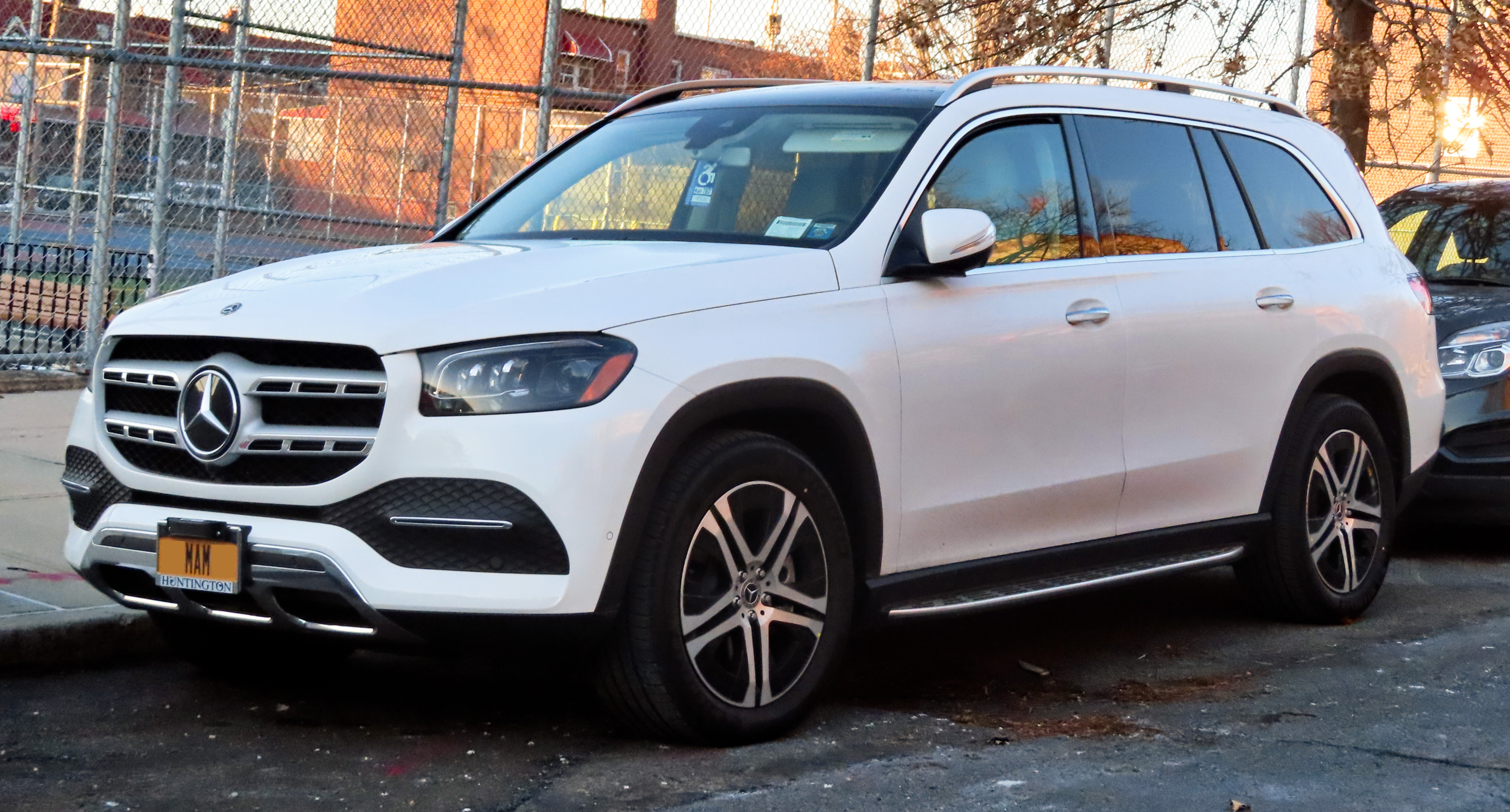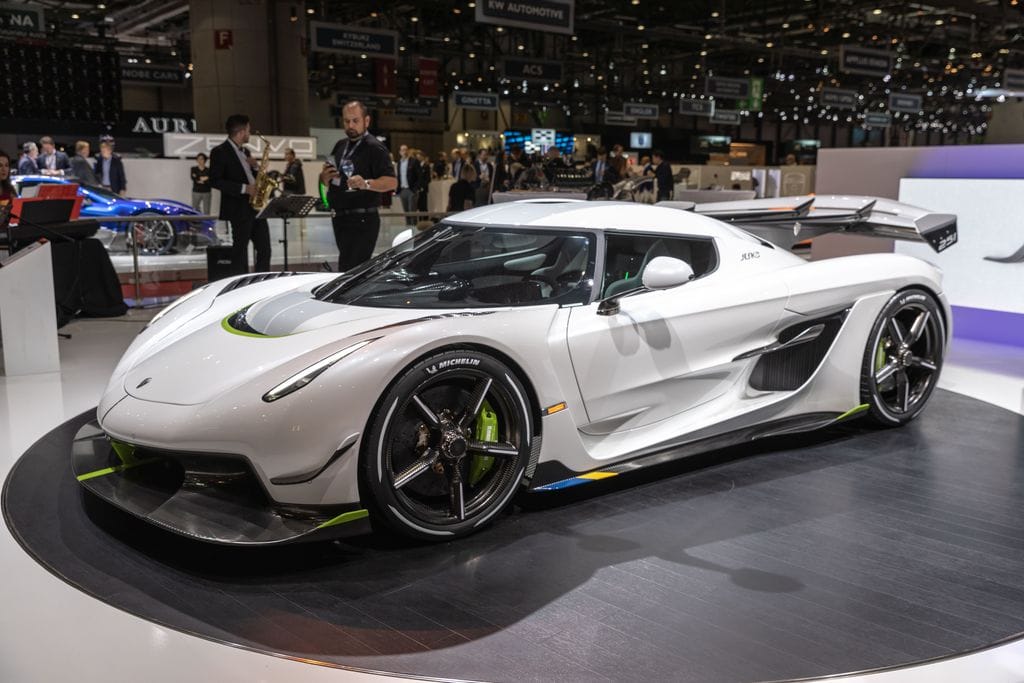
The creation of a $3 million luxury car is far more than assembling metal, leather, and electronics. It is a narrative of visionary design, rigorous engineering, and strategic commerce. Unlike standard vehicles, these automobiles represent status, artistry, and innovation. Every stage of the process—from the first sketch in a designer’s notebook to the moment the car reaches the street—demands meticulous attention to detail.
What distinguishes such vehicles is not only their performance but also their ability to embody exclusivity and aspiration. They symbolize a lifestyle investment, carefully crafted to satisfy affluent buyers who expect more than transportation: they expect an experience that fuses power, elegance, and identity.

Concept Development: Defining the Vision
The journey begins with an idea that pushes the boundaries of design and technology. During concept development, designers create a vision for the car’s aesthetics and character, ensuring it reflects both brand heritage and market demand. Considerations include the target audience, cultural trends, and the values luxury clients prize most, such as innovation, performance, and exclusivity.
This stage combines creativity with strategy. The aim is to create a framework that aligns with brand identity while introducing groundbreaking visual and functional elements. By setting these foundations, the concept becomes more than a drawing; it becomes the guiding ethos for the entire project.
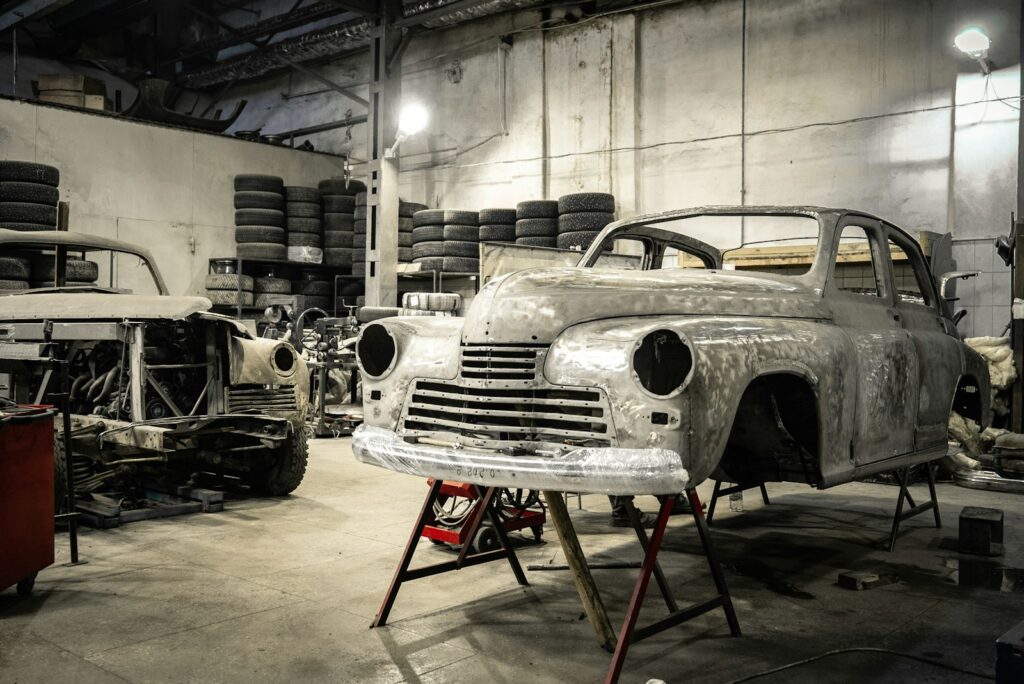
From Sketch to Prototype
Once the vision is set, abstract ideas take physical form through sketches and prototypes. Using advanced computer-aided design (CAD) tools, designers create detailed 3D models that capture proportions, curves, and functional elements. These prototypes allow teams to evaluate the car’s appearance and refine details long before production begins.
The process is iterative, with constant feedback and adjustments. Each model undergoes careful analysis to ensure feasibility for engineering while preserving the original artistry. This cycle of creation, testing, and refinement ensures that the final product is both practical and captivating.

Engineering Excellence
Transforming a design into a roadworthy machine requires uncompromising engineering. At this stage, every element is analyzed to guarantee safety, durability, and performance. Engineers optimize the chassis, aerodynamics, and advanced driver-assistance systems while preserving the car’s visual identity.
Close collaboration between designers and engineers ensures that style and safety coexist. The result is a vehicle that blends visual beauty with technical reliability, reinforcing the promise of a luxury experience both inside and out.
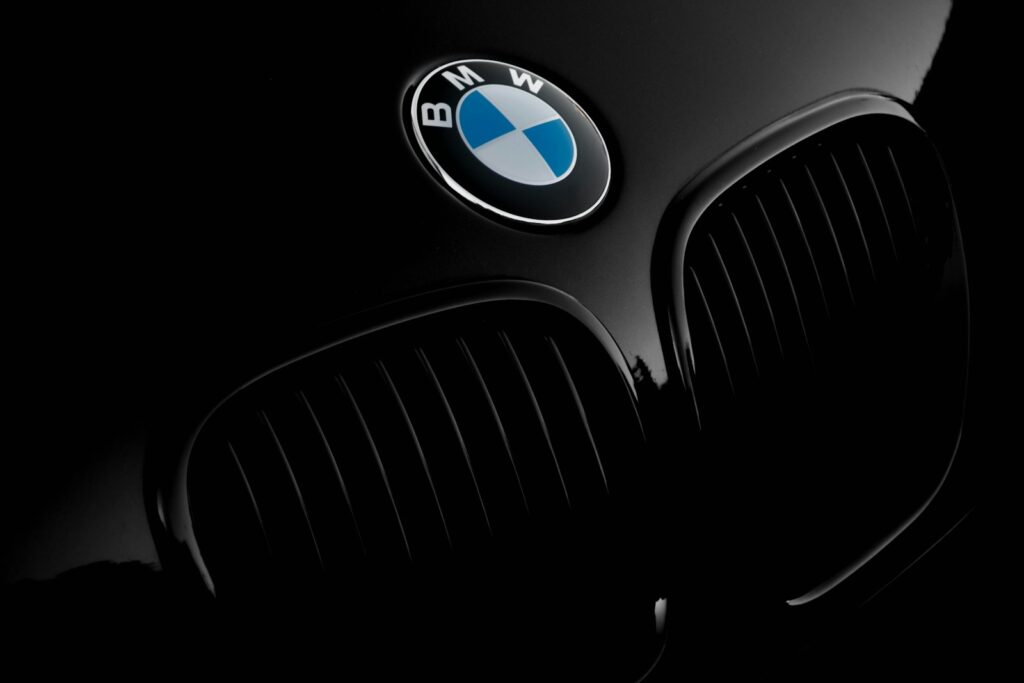
Exterior Design: A Statement of Prestige
The exterior of a luxury car is its most immediate calling card. Every line, curve, and surface is sculpted to convey elegance, prestige, and power. Iconic brand elements—such as Rolls-Royce’s Pantheon grille or BMW’s dual kidney grilles—are incorporated to ensure instant recognition.
Functional features like spoilers often double as stylistic accents, while eco-conscious materials are increasingly integrated into bodywork to appeal to modern buyers. Extensive customization options, including unique paint finishes and bespoke design details, allow each car to become a one-of-a-kind creation.

Interior Craftsmanship: A Sanctuary of Luxury
Stepping inside a luxury car reveals a sanctuary of comfort and exclusivity. Every detail, from premium seat materials to custom-fit floor mats, is designed to reflect the owner’s personal taste. Options include handcrafted leather, polished wood veneers, carbon fiber, and even crystal accents, all selected for both beauty and durability.
The ambiance is enhanced with features like custom steering wheel covers, sophisticated lighting, and upgraded dashboard systems that integrate cutting-edge technology. Together, these elements transform the cabin into a personalized retreat that elevates the driving experience.
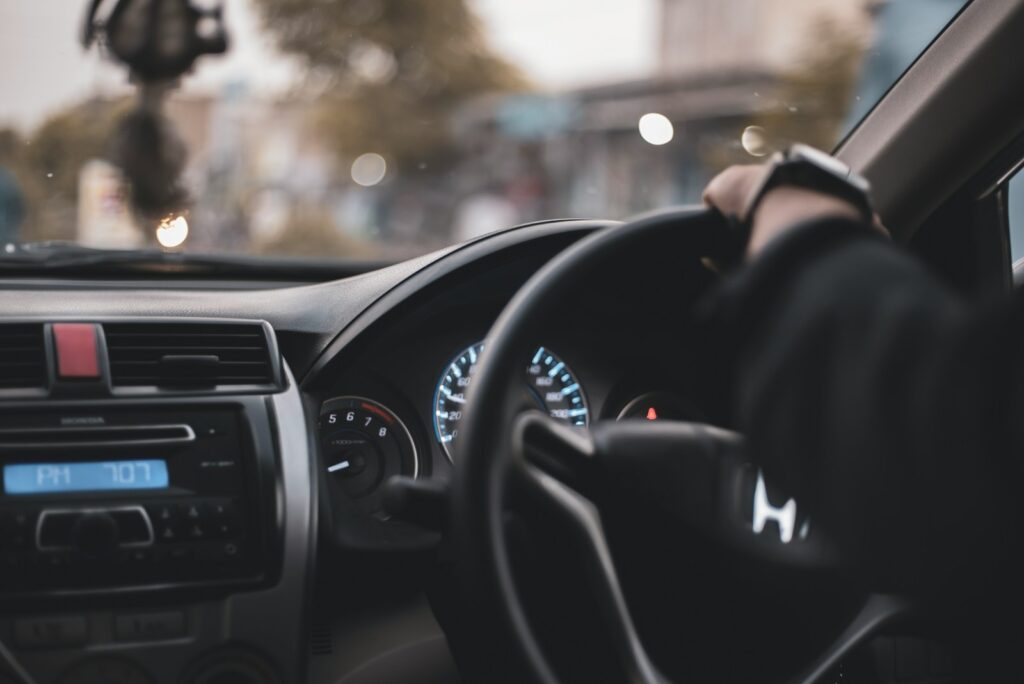
Selecting Premium Materials
The choice of materials defines both performance and perception. High-strength steel forms the structural foundation, while advanced paints and finishes ensure a flawless exterior. Inside, manufacturers offer a wide palette of leathers, veneers, and metals, enabling deep personalization.
Even functional components like seats and dashboards are treated as luxury statements, balancing ergonomics with artistry. The result is a tactile and visual experience that matches the exclusivity promised by the price tag.
Performance and Precision
A luxury car must deliver exhilarating performance. Regular maintenance, precision tuning, and high-performance upgrades ensure engines remain powerful and efficient. Engineers refine everything from ignition systems to throttle response, achieving seamless acceleration and smooth operation.
Peripheral factors—such as tire pressure, wheel alignment, and airflow systems—play a vital role in performance. Every adjustment is made with precision to ensure safety and maintain the refined driving experience expected of a high-end automobile.
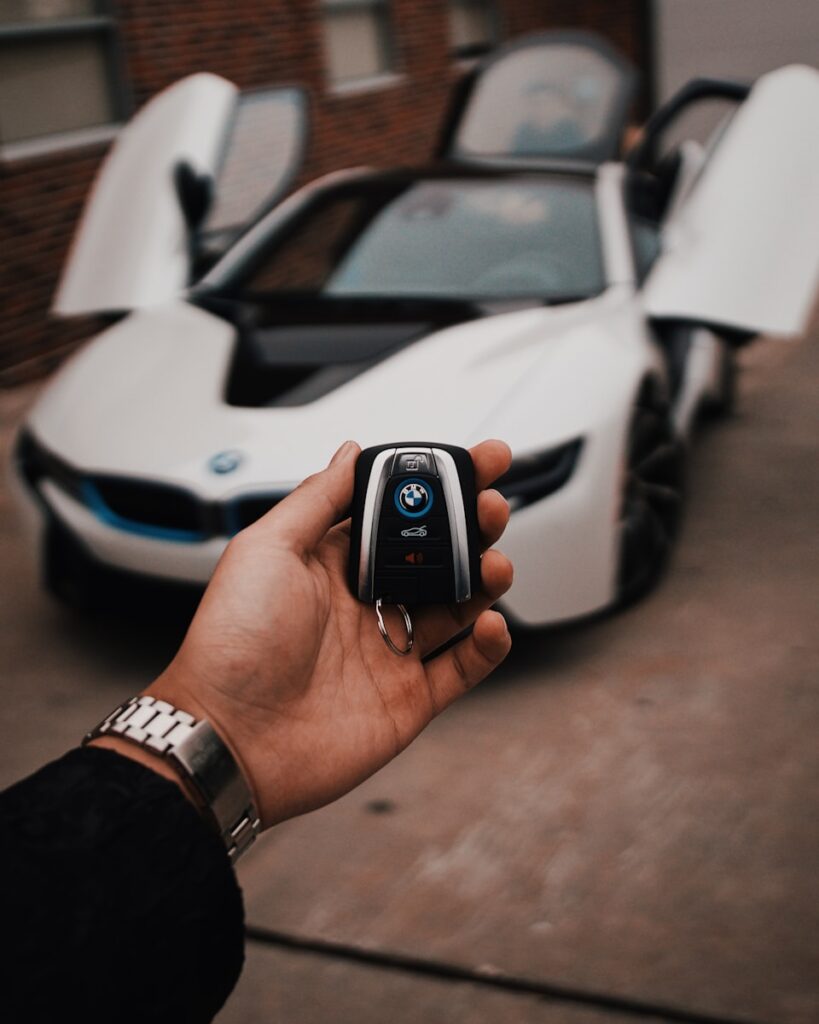
Understanding the Luxury Buyer
Selling a multi-million dollar vehicle requires insight into the psychology of affluent clients. Buyers view these cars as extensions of their identity, influenced by values such as prestige, exclusivity, and lifestyle. Sales professionals must understand brand heritage and technical innovations while positioning the car as an aspirational investment.
Connecting the car to a client’s daily life—whether for business, leisure, or status—helps solidify its appeal. A luxury purchase is not just practical but deeply emotional, tied to the promise of belonging to an exclusive community.

The Personalized Sales Journey
Luxury clients expect a sales experience as tailored as the car itself. This often includes private showings, invitations to exclusive brand events, or factory tours that highlight craftsmanship. Such experiences create a sense of privilege and deepen the client’s connection to the brand.
Sales approaches are customized: some clients focus on performance, others on opulence. By adapting to individual preferences, sales professionals ensure that the client’s desires are anticipated and exceeded, transforming a purchase into a relationship.

Prestige and Emotional Resonance
The emotional allure of a luxury car is as powerful as its technical capabilities. Buyers are drawn to the sense of status, exclusivity, and personal joy that ownership provides. Effective sales strategies highlight these emotional dimensions—how the car feels to drive, how it elevates lifestyle, and how it symbolizes achievement.
By framing the car as both an engineering marvel and a statement of prestige, sales professionals tap into motivations that go beyond logic, reinforcing the car’s desirability.
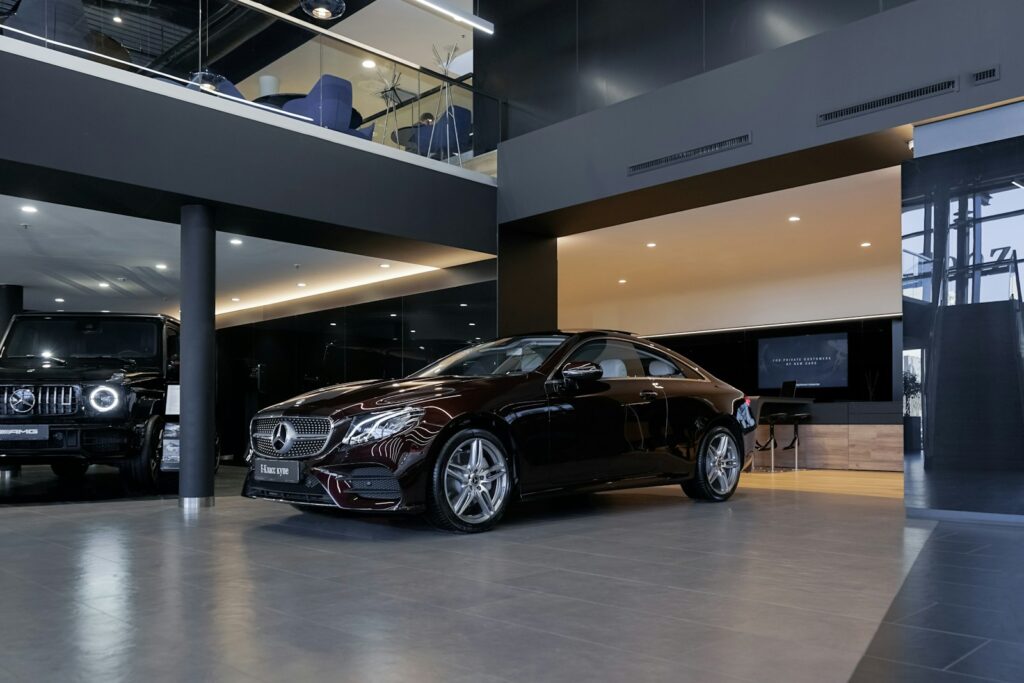
Precision in Service
Luxury clients expect perfection at every stage, from showroom visits to delivery. Services such as home delivery, personalized customization, and extended warranties create an effortless process. Handling details like registration and financing ensures a seamless experience.
After-sales service is equally critical. Personalized gestures—such as thank-you notes, follow-up calls, or invitations to exclusive events—cultivate loyalty and trust. These touches transform a one-time transaction into a lasting relationship.

Branding and Digital Presence
Effective marketing in the luxury car sector demands more than traditional advertising. Brands must craft compelling narratives that highlight sustainability, innovation, and craftsmanship. High-quality photography, immersive videos, and storytelling establish deeper connections with clients.
A strong digital presence, supported by social media and influencer partnerships, ensures visibility among a younger generation of affluent buyers. Collaborations with other high-end brands amplify prestige and expand reach, reinforcing the car’s position as a pinnacle of aspiration.

The sale of a multi-million dollar vehicle requires a delicate balance of pricing, presentation, and trust. Thorough documentation, professional imagery, and transparent provenance add credibility and justify value. Building networks and fostering genuine relationships remain essential for long-term success.
From the first spark of inspiration to the final handover of keys, the journey of a luxury car is an epic tale of artistry, engineering, and commerce. These vehicles are more than machines; they are objects of desire, symbols of achievement, and legacies of innovation that continue to inspire long after they leave the showroom.

